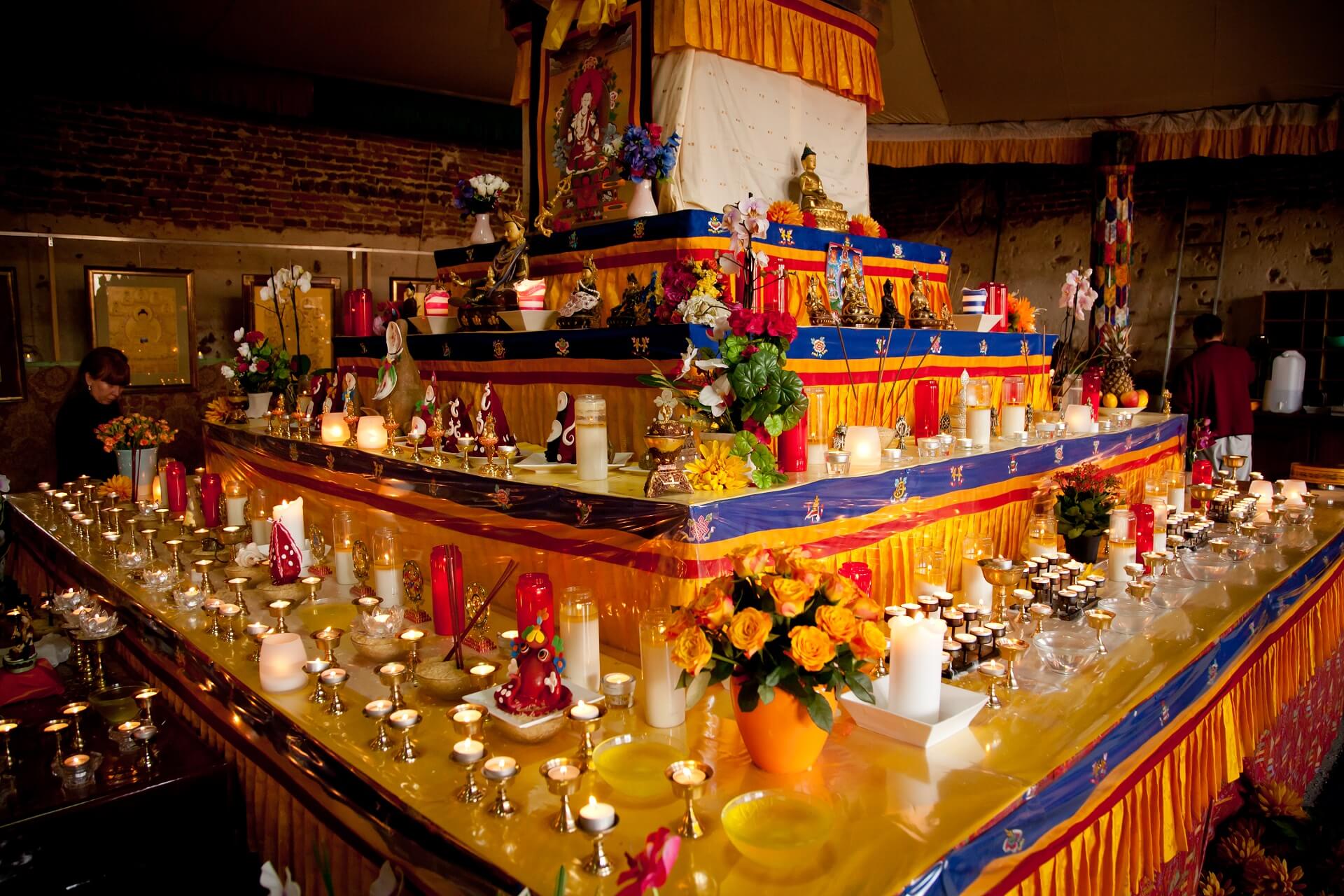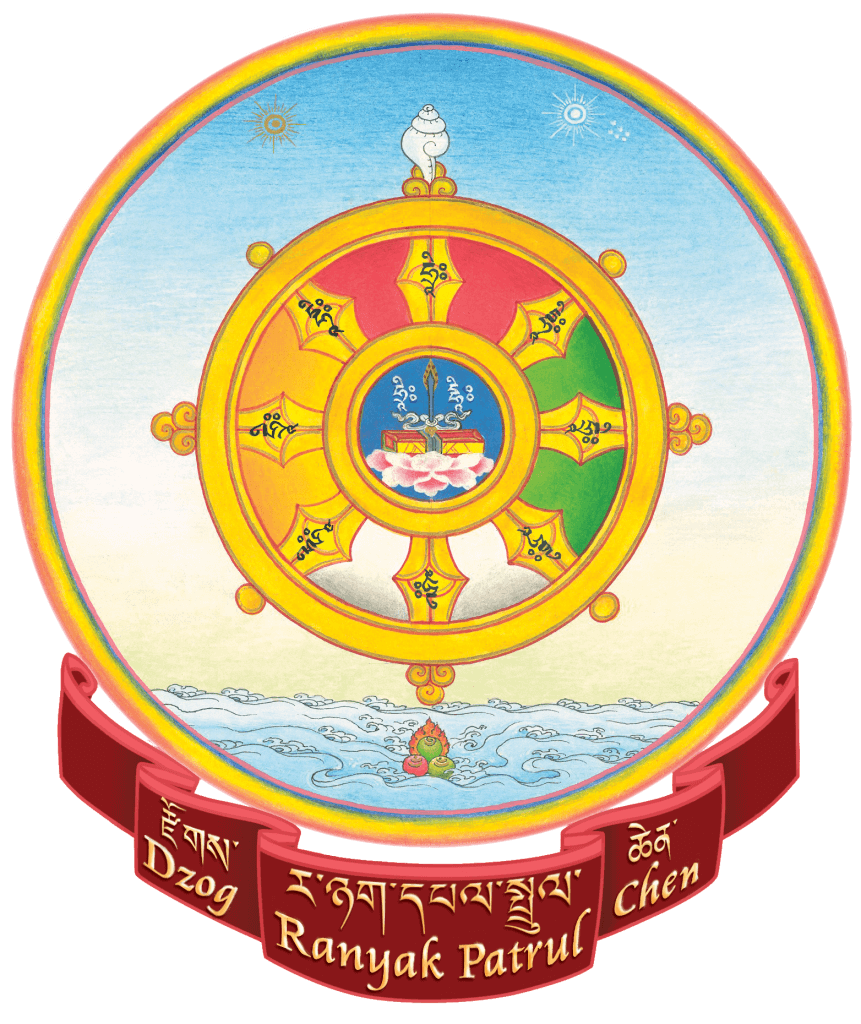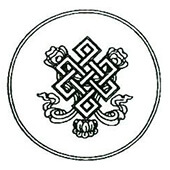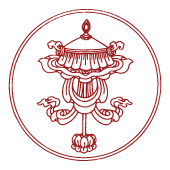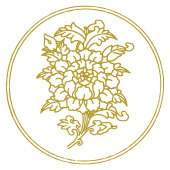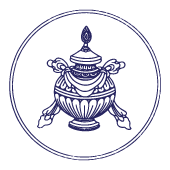TEACHER
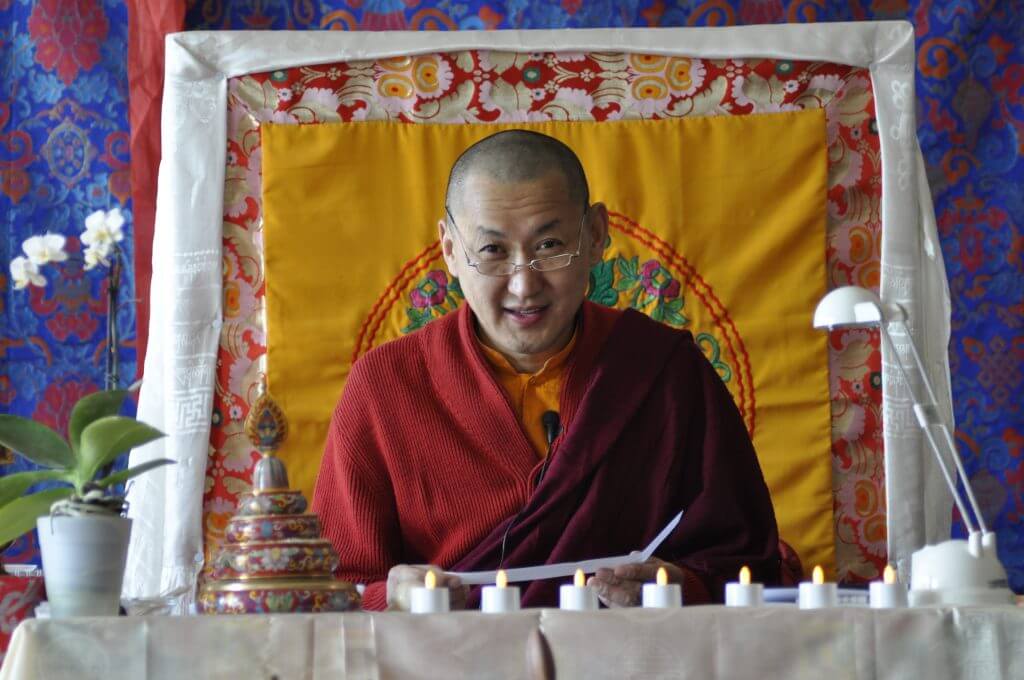
The moment Rinpoche appeared in Europe he started to teach. He taught in an informal style, in Tibetan, those who asked for that.
People started to gather around him in Belgium. Among them there were people who attend Rinpoche still nowadays and who take part in his great projects like publications and translations. It was on their request that Rinpoche turned the wheel of Dharma.
While the Sangha grew more numerous, people started inviting Rinpoche to different countries. It was Denmark, Poland, Russia and Portugal mainly at the beginning. Then Japan, Switzerland, Latvia and many others. Rinpoche commented on Dza Patrul Rinpoche’s texts like The Words of my Perfect Teacher, Advice to Kunzang Chögyal, Iko Iko, Gyalse Ngulchu‘s The Thirty-Seven Practices of a Bodhisattva. Later on, he taught the Bodhicaryavatara, Introduction to the Bodhisattva’s Way of Life, by Shantideva.
Rinpoche kept travelling on request and people followed him. Students wanted to study the Dharma and they wanted to do it with Rinpoche.
His light style of transmitting deep meaning
was like delicious cream – light in form
and heavy with nutritious calories of profound meaning.
There was a growing need to establish a coherent system of Dharma education. In 2004 Rinpoche agreed to open a SHEDRA – The Six-Year Dzogchen Practitioners’ Course. This gave birth to the Zangdok Palri Institute. By creating this educational body, Rinpoche meant opening students’ wisdom eye. In this way ZPI developed many different activities: general Buddhist courses, shedras, translations, publications and more.
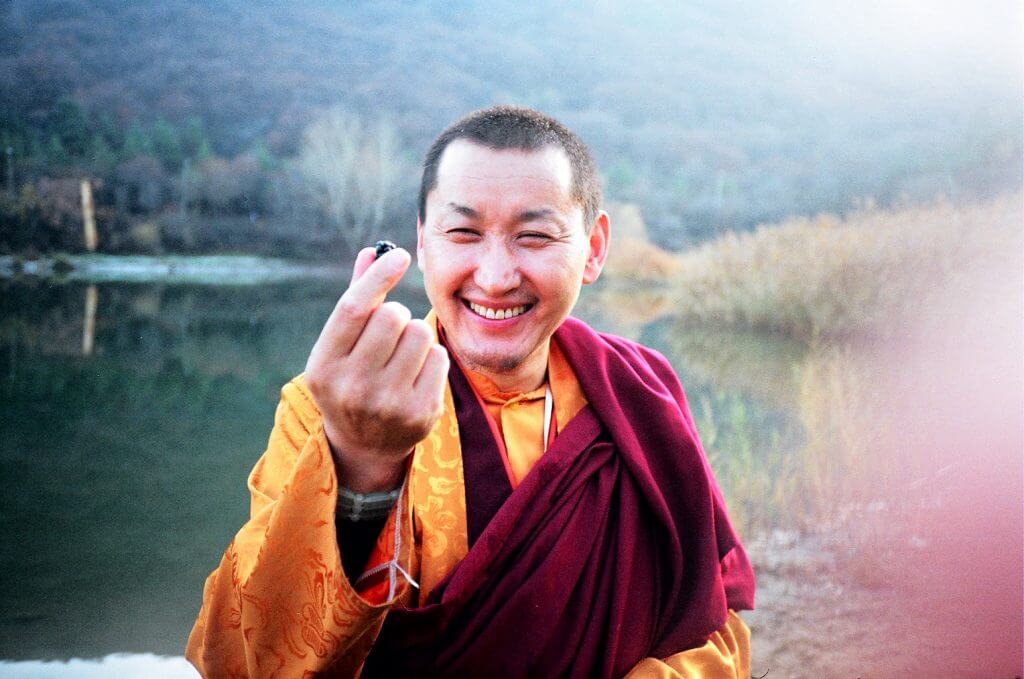
From 2005 to 2009 Rinpoche wrote three books for his western shedra students. There was a clear need to study other texts too so for the benefit of the students Rinpoche extended the shedra programme so that it lasted a bit longer – up to 14 years. As there were more people who wanted to follow this system, new cycles for new students were launched. During that time Rinpoche learnt English and started to teach in English.

He became a very modern and funny teacher, good at talking to Westerners and familiar with our fast-paced lives.
Since 1998 Rinpoche has been teaching continuously on different texts, in various countries, and commented on numerous texts.
Rinpoche knows how to make difficult subjects easy to understand,
and how to link simple observations to profound insights that are useful and practical.
His exceptional kindness is clearly the reason
why people from all over the world gather and study with him.
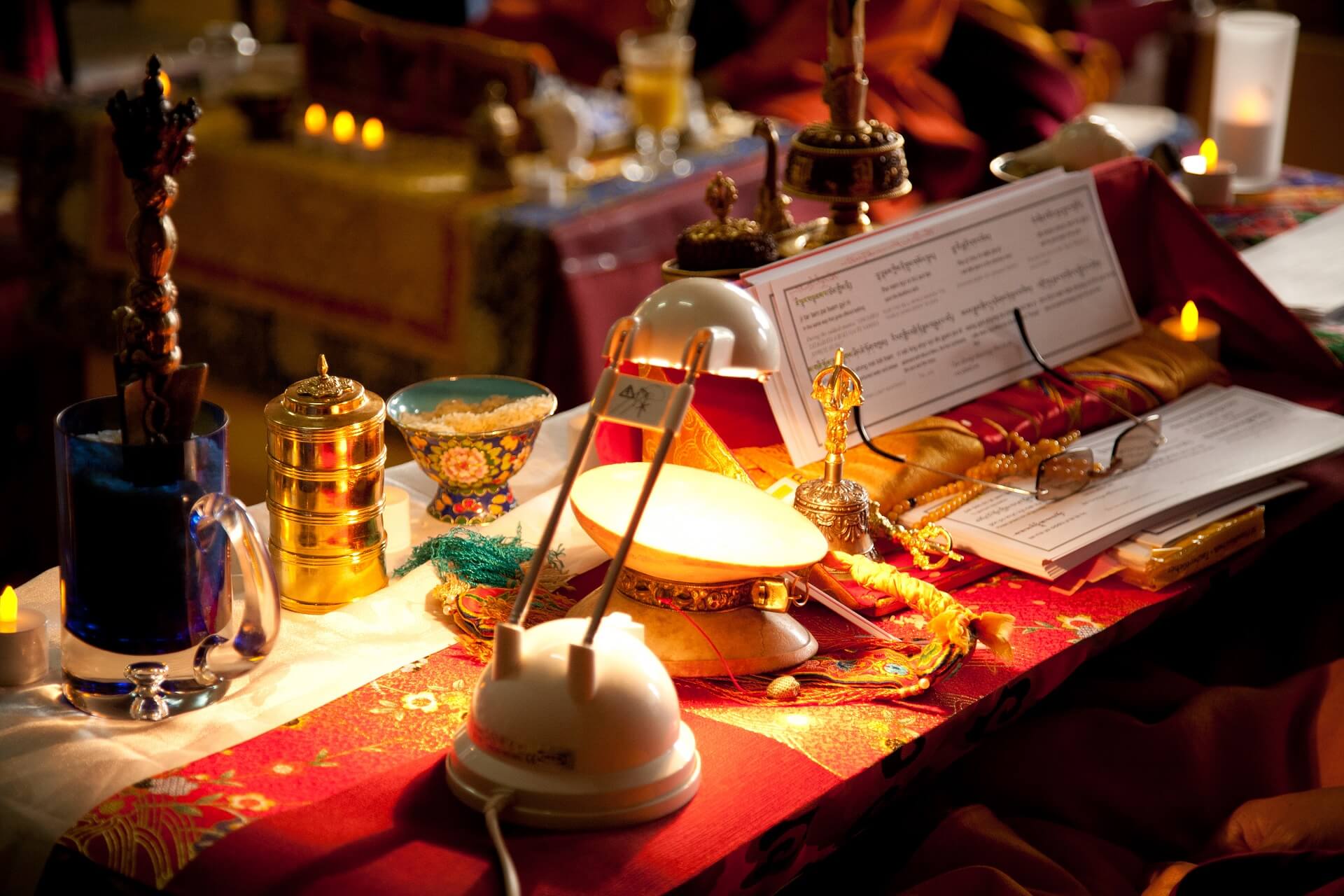
Teaching how to practice
Ranyak Patrul Rinpoche is not a teacher who gives instructions to profound, secret practices easily. On the contrary, he requires a bit of an effort of studying the basic knowledge of Buddhist philosophy first. While instructing on philosophy, he gives clear instructions on how to practice ngöndro – preliminary practice. To instruct further, he teaches sadhanas and organises drupchens.
He puts great effort to teach people how to practice correctly
and he offers a clear structure of courses where one can learn
basically everything that is needed on the Vajrayana path.
With great precision he teaches how to deal with a mandala in the temple and at home. He gives clear instructions for umzes (melodies, instruments etc) and chöpöns (mandala etc).
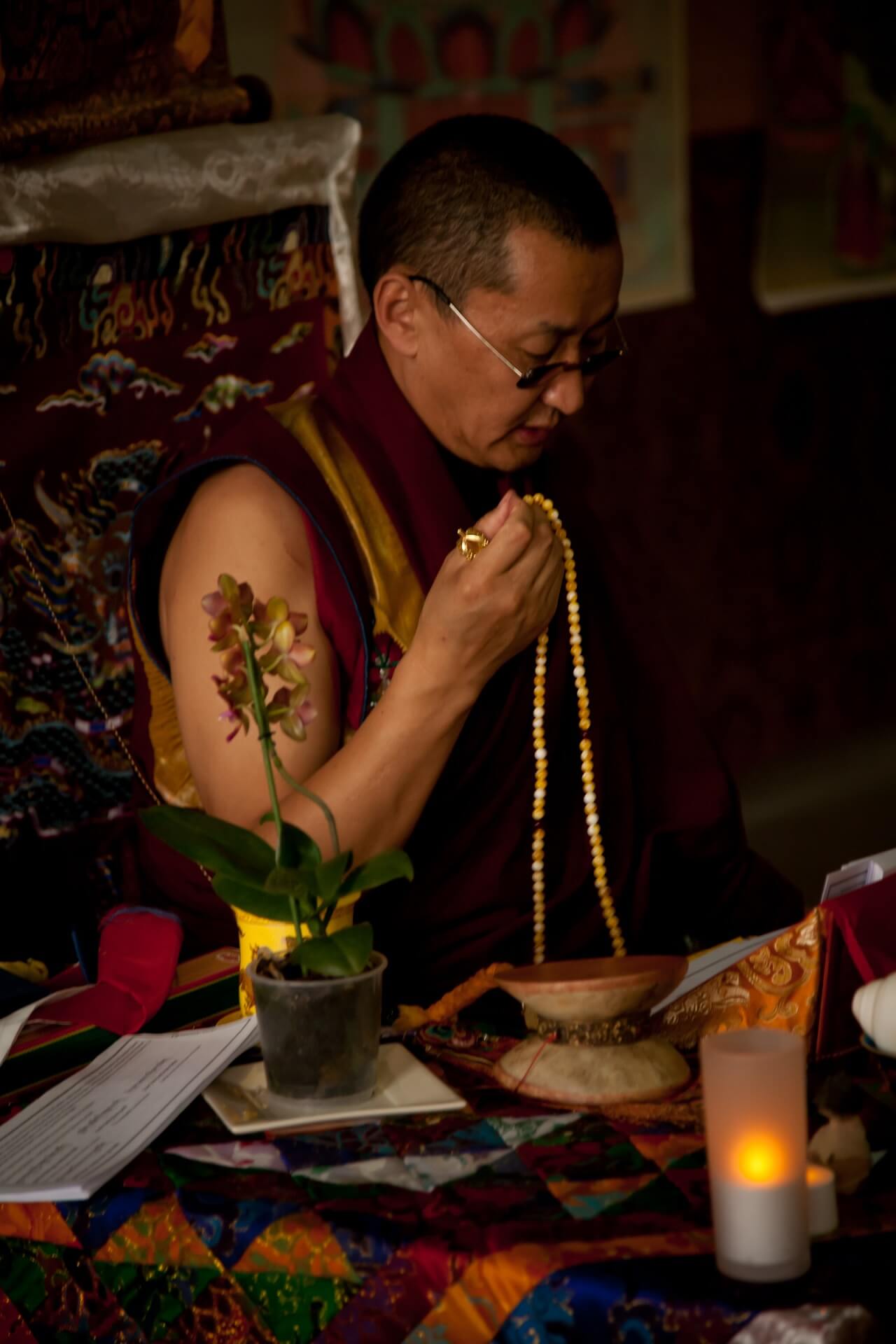
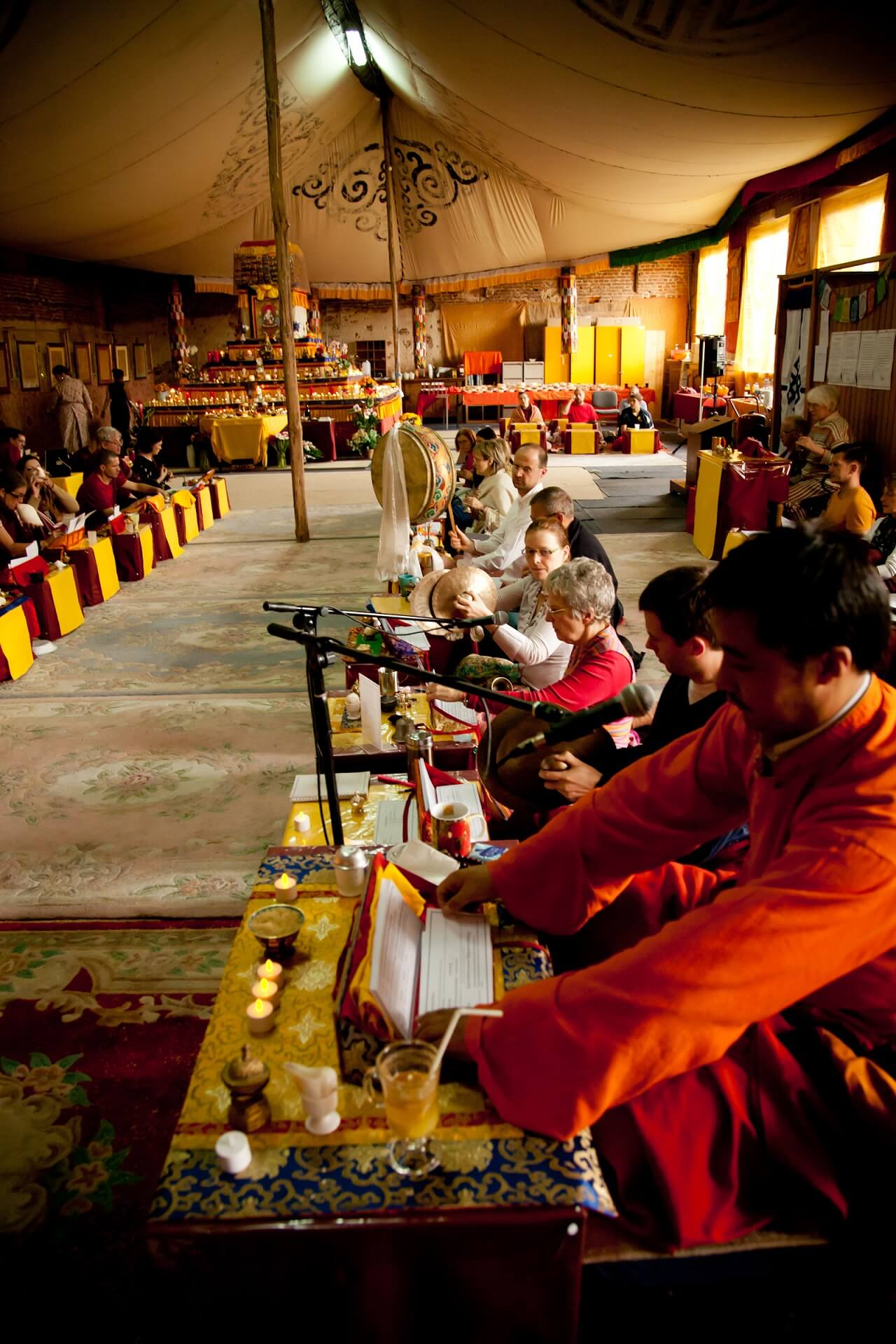
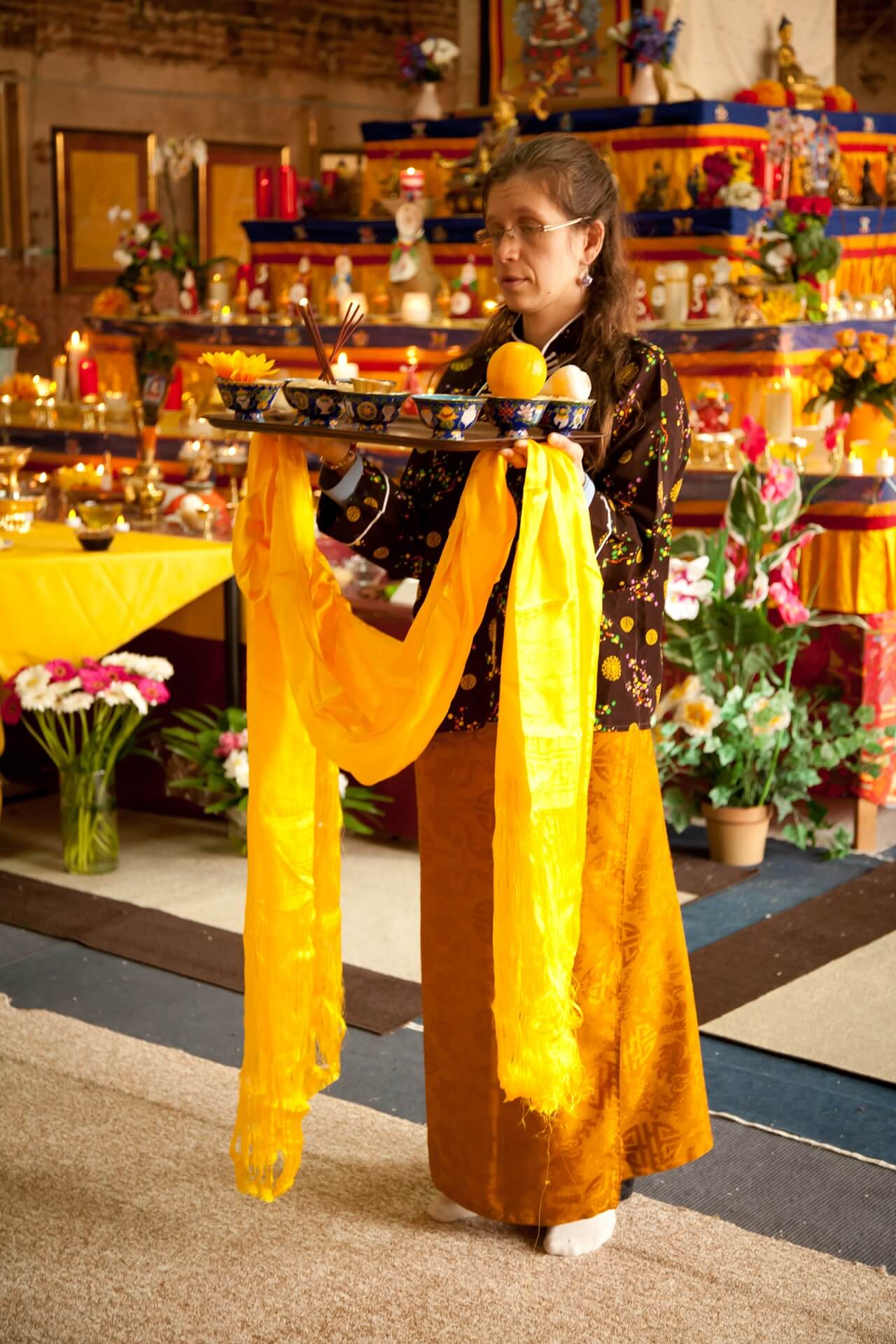
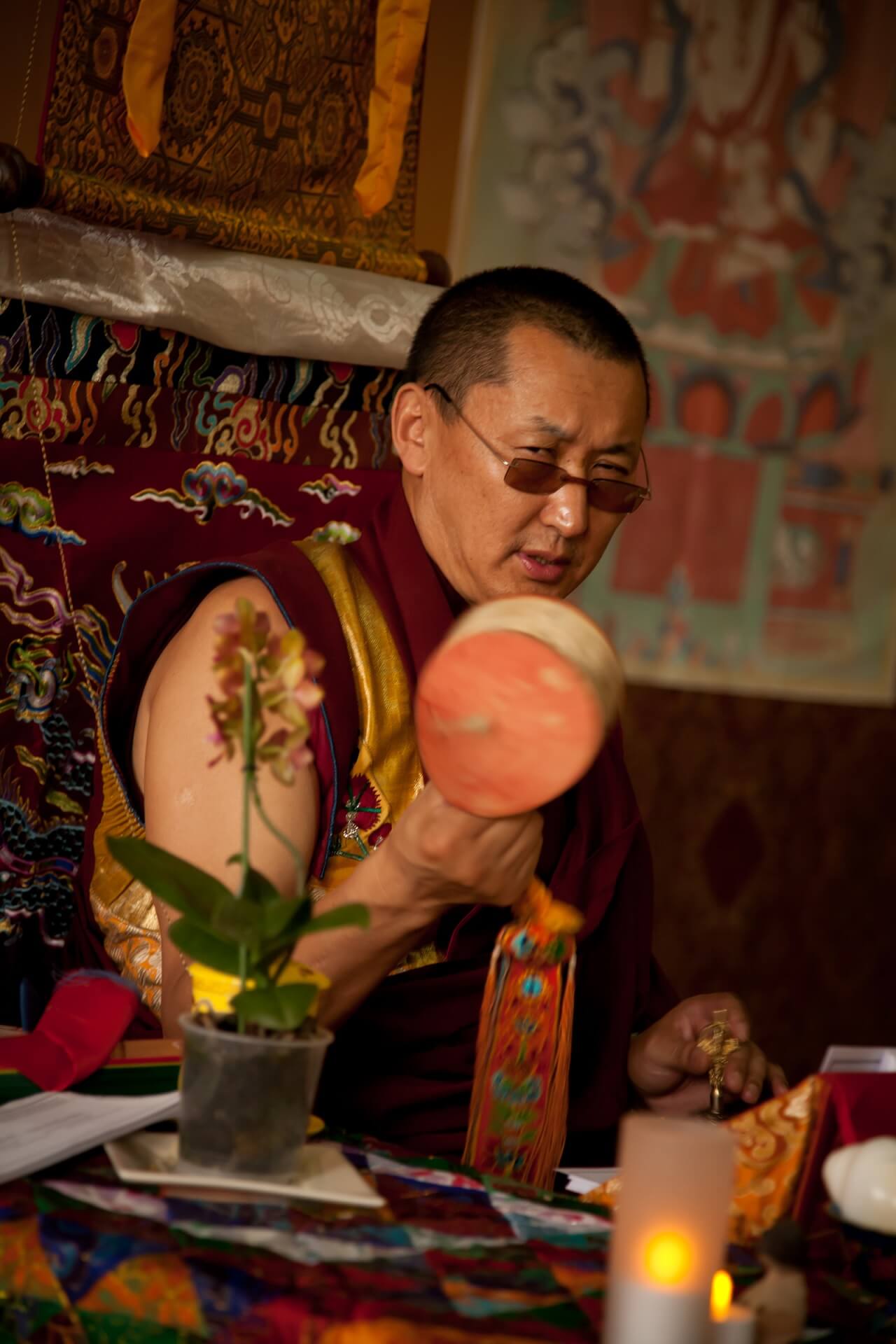
He motivates his students to follow regular group practice and he often performs the pujas with them.
To support the spiritual development of his students even more, he designs additional courses taught by other lopöns. Lopön Tsering Gönpo was Rinpoche’s wonderful support from the very beginning. He taught some shedra classes and has always been there to help.
Rinpoche is pretty innovative in many areas. Being very traditional about following the Dharma, in daily life he rarely does what others do. He likes creating things, changing them, and rearranging. He is more eager to find practical, new ways that suit students’ needs.
He has a great insight and is particularly skilful in choosing right means.
Following his students’ repeated requests Rinpoche established a clear and holistic system of Dharma education. There were many serious ongoing courses for Westerners given by respected teachers but Patrul Rinpoche named it a shedra and a drupchen. This made things clear, and people seemed more aware of where they were going.
Ranyak Patrul Rinpoche was the first lama to open a shedra in Europe and a few years later the first lama who organised a drupchen in Europe without the support of monks from the East.
What is even more spectacular, he taught his students everything from scratch.
Many of Rinpoche’s students can make beautiful tormas,
they know how to set the mandala,
they can lead pujas, play instruments and so on.
It is a truly amazing outcome of Rinpoche’s efforts.
His way of guiding seems to be efficient and successful.
His wisdom of sharing what is needed at a particular time shines like a beacon that marks your approach to the shore.
